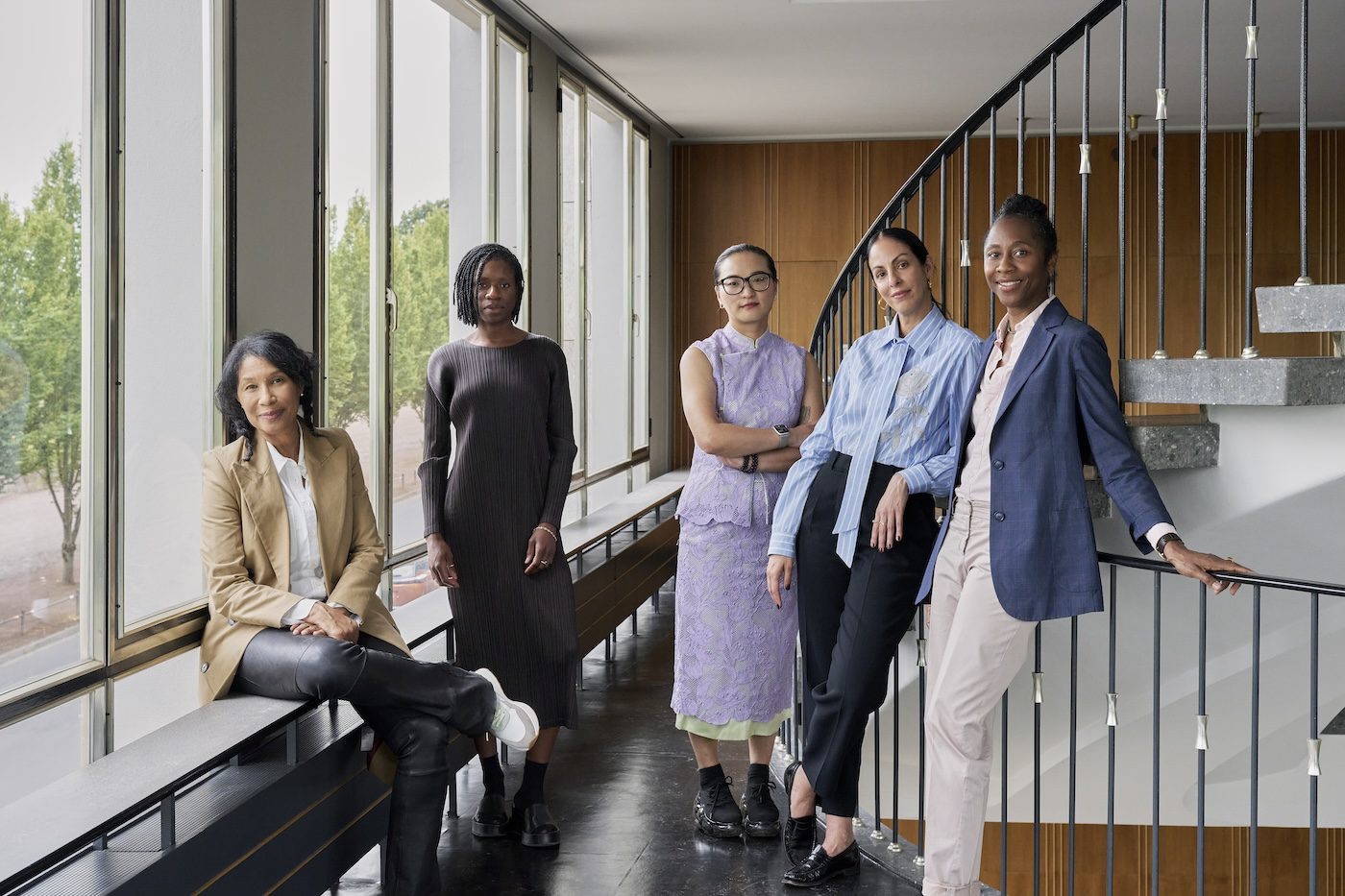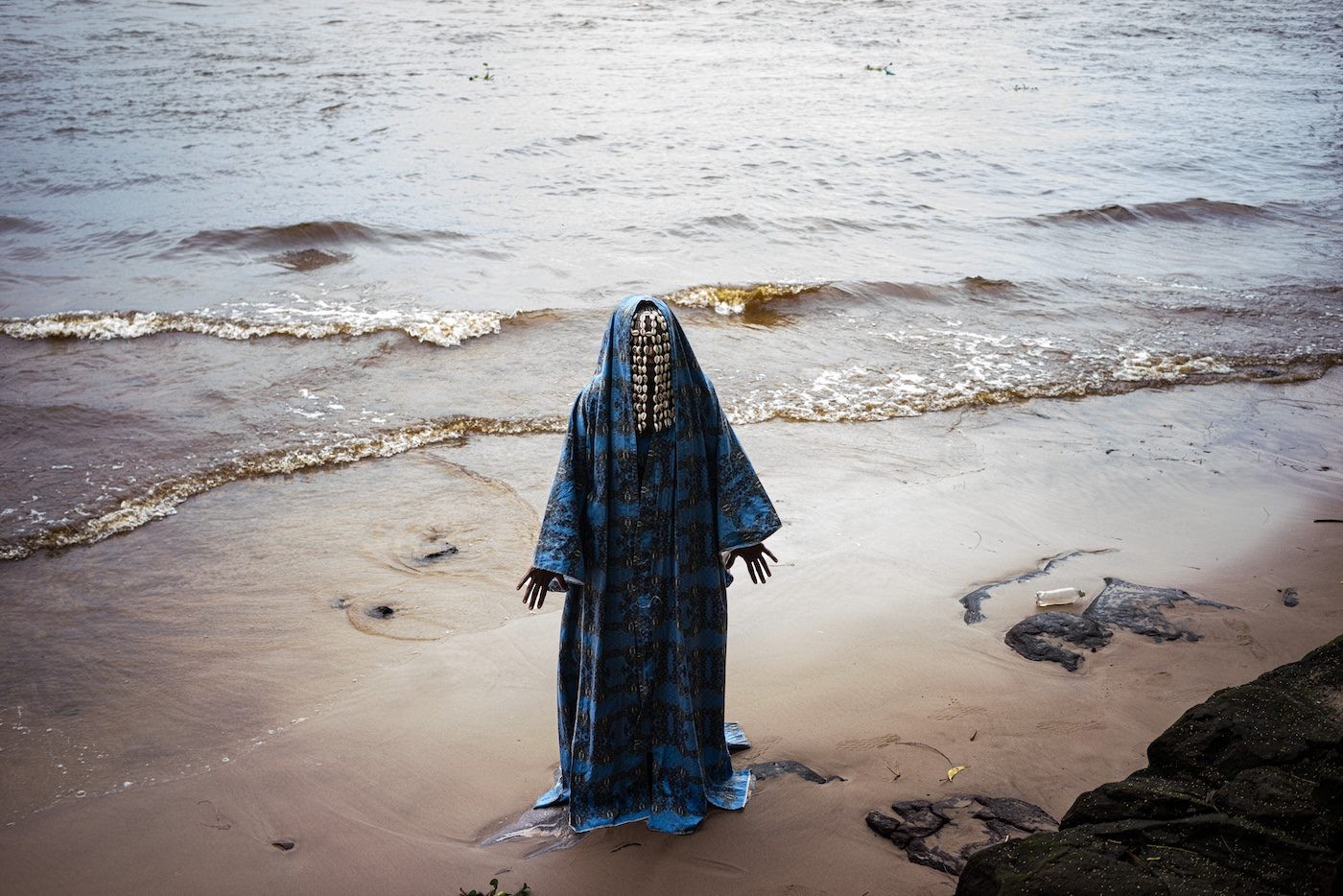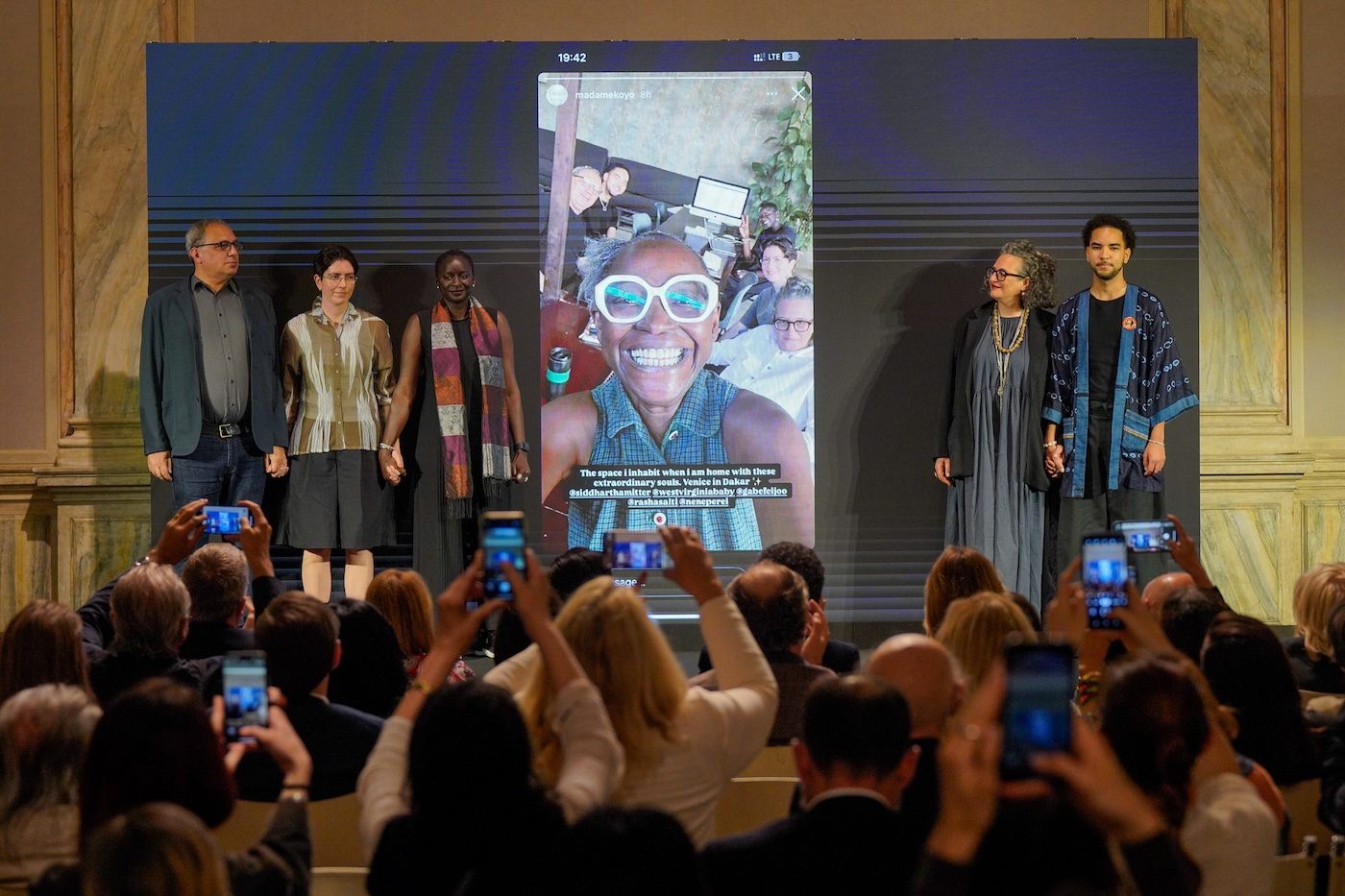Okwui Enwezor and Artur Walther on the Recent Histories of African Photography
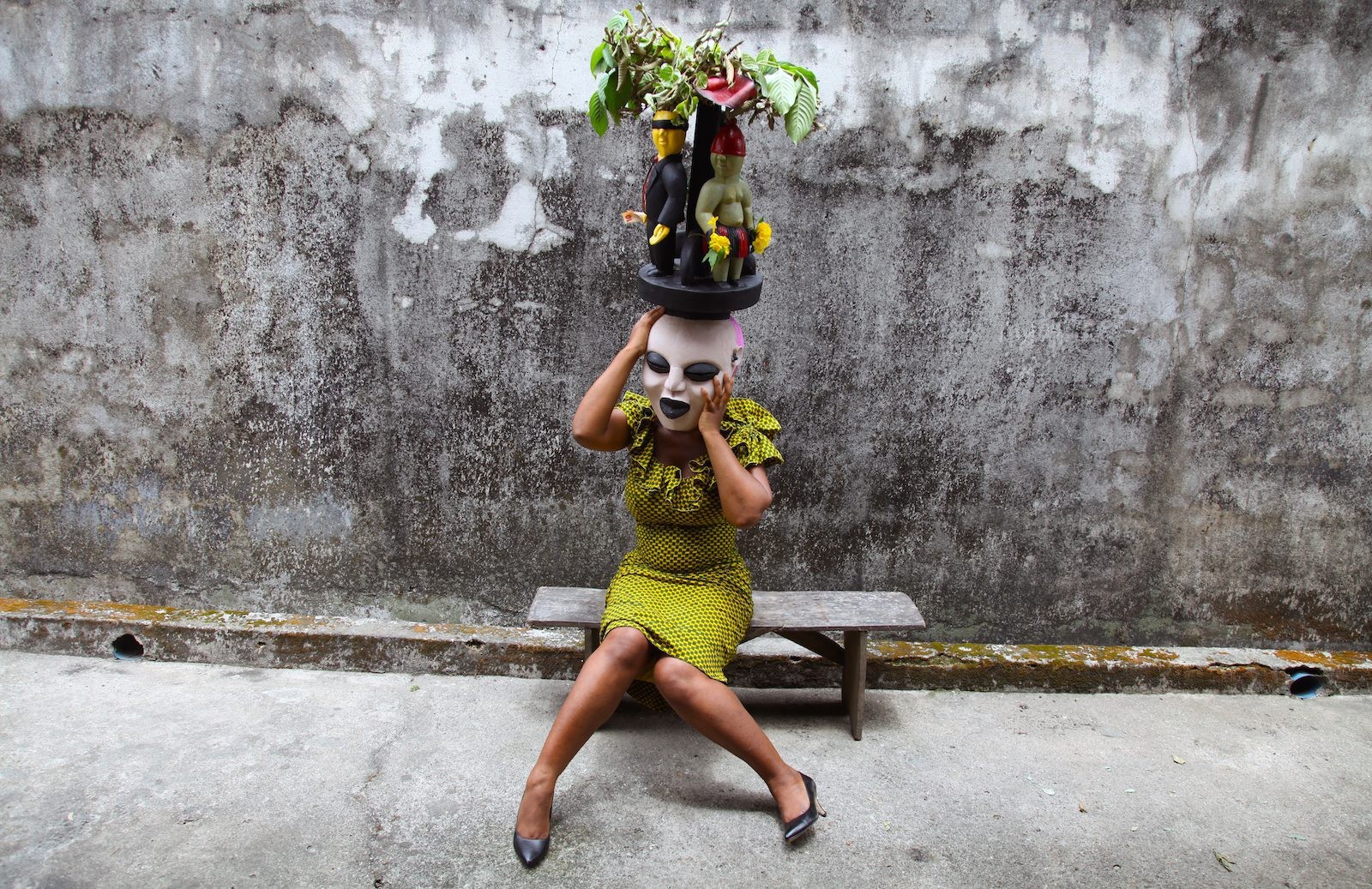
04 May 2017
Magazine C& Magazine
12 min de lecture
The influential curator Okwui Enwezor and collector Artur Walther discuss African photography, past and future
Okwui Enwezor’s groundbreaking 2006 exhibition Snap Judgements: New Positions in Contemporary African Photography redefined the field of contemporary African art. More than a decade later, The Walther Collection is poised to open a major new survey showing how artists working in Africa have continued to push photography and video art into new creative territories. Here, Enwezor, the influential curator, director of Munich’s Haus der Kunst, and former director of the 56th Venice Biennale and Documenta 11, speaks with collector Artur Walther about African photography, past and future.
Artur Walther: We have known each other for over fifteen years. You have a long history as a curator, a writer, a scholar, and a teacher. You have made significant contributions to the study of modern and contemporary African art—and African photography and video art in particular. How do you conceptualize your own personal trajectory in relation to the development of these fields?
Okwui Enwezor: Often histories converge, intertwine, diverge, and move in different directions. The development of contemporary art and contemporary African art—and photography and video specifically, has similarly moved in a non-chronological, non-linear fashion. As with any field of study, new ideas emerge and new research illuminates gaps in our information, and provoke new readings, considerations, and revisions. All of this is part and parcel of why one remains engaged and interested in a set
of ideas, as well as the underlying principles around which these ideas are formed.
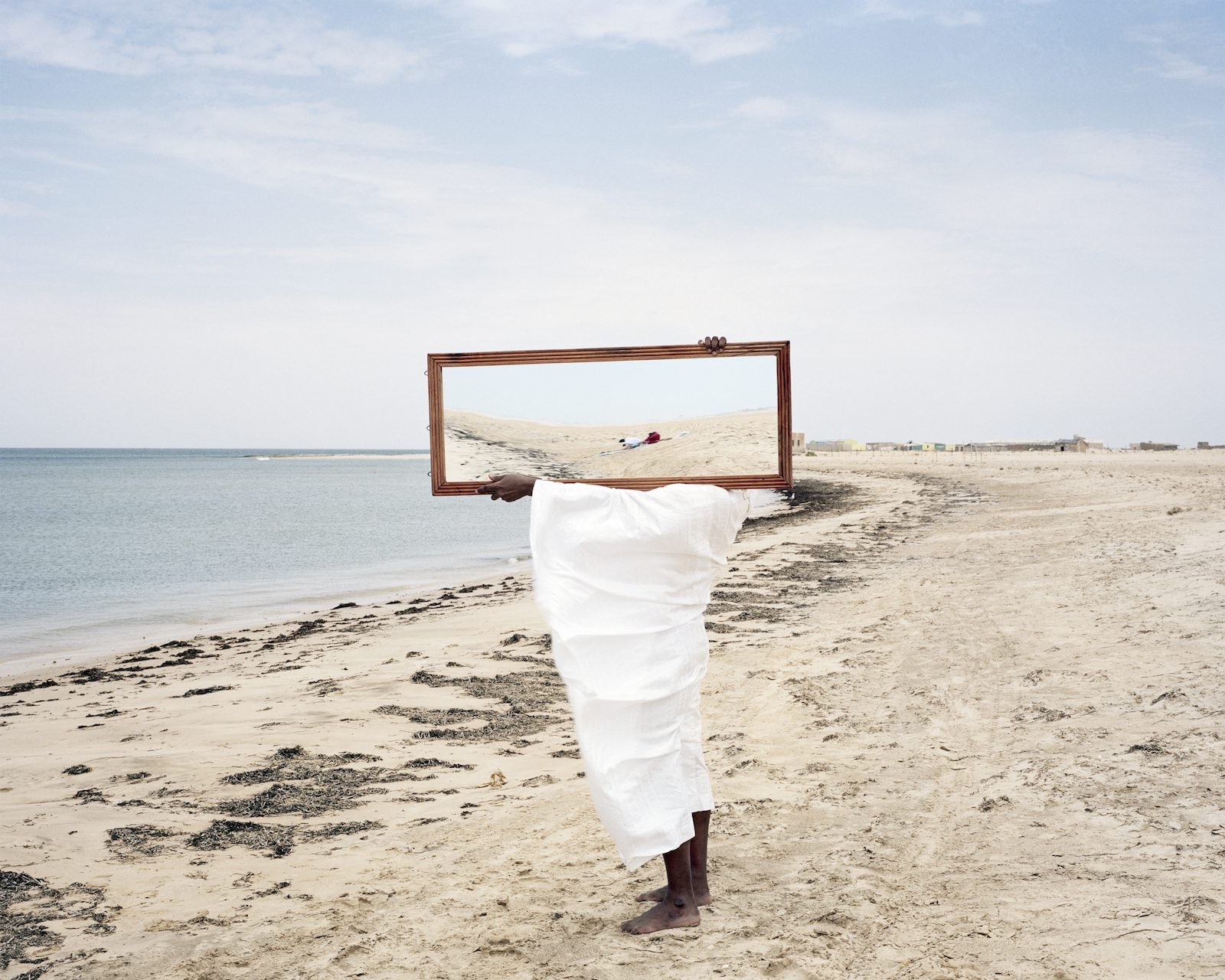
</a> Dawit L. Petros, Untitled (Prologue II), from the series The Stranger‘s Notebook, 2016 © the artist and courtesy Tiwani Contemporary, London</figure>
Walther: How did you begin in the field? When would you say the critical mass started developing?
Enwezor: Well let’s think about it this way—about twenty-five years ago, if one were to pursue a frame for African photography, you would have found very little that specifically relates to photography as an autonomous practice. Photography in relation to Africa was often times assigned to the terrain of the ethnography, as documents providing secondary information to more primary information observed in the field. Photography was seen to be an aid to the art, not particularly a part of practice. What I believe, without making any claims of who did it first, is that in the 1990s, a generation of curators, writers, and thinkers who were Africans—and I want to underscore this—made a bid to shift completely away from this ethnographic lens, and its spotlight. We found that the way that this lens thought of Africa was completely at odds with the content.
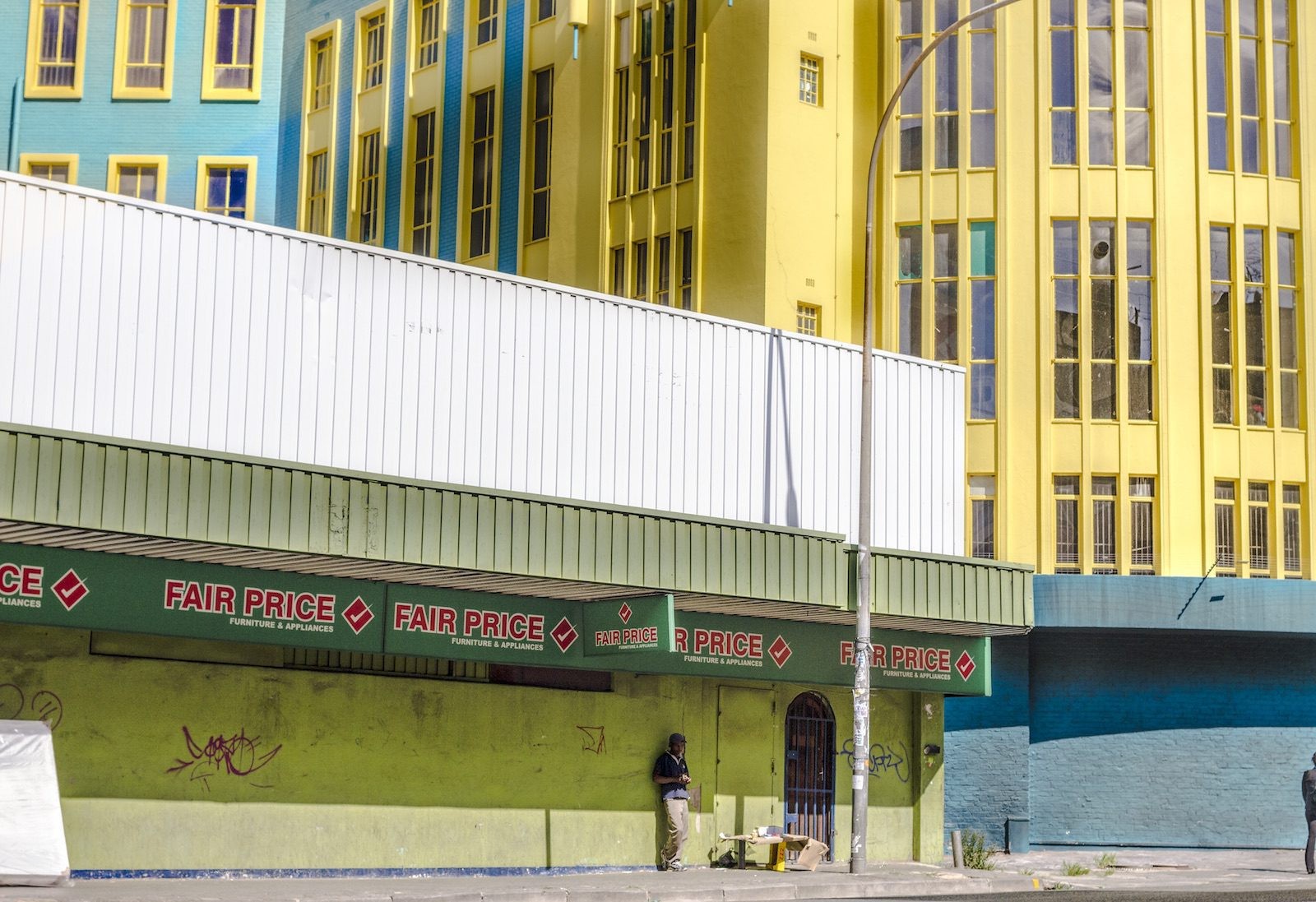
</a> Mame-Diarra Niang, Satellite 1, from the series Metropolis, 2015 © the artist and courtesy Stevenson, Cape Town and Johannesburg</figure>
Walther: Your first seminal exhibition on African photography was In/Sight: African Photographers, 1940 to the Present, which took place in 1996 at the Solomon R. Guggenheim Museum in New York. How and why did this happen?
Enwezor: Well, the Guggenheim exhibition happened purely by accident. It was not planned. In 1994, or 1995, I was approached by a friend, Octavio Zaya, who was in the process of organizing the Spanish Pavilion for the first Johannesburg Biennale. At the same time, the Guggenheim was involved in an exhibition that was being planned in London
at the Royal Academy of Arts, as part of a yearlong season on Africa in the entire United Kingdom. The exhibition was called Africa: The Art of a Continent (1995), and it was a
very big exhibition of classical African art. The exhibition had an extremely bold conception; it included everything produced in Africa—East, West, North, and South—and looked at Africa in its entirety. The Guggenheim wanted to bring Africa: The Art of a Continent to New York, and have it accompanied with a contemporary art exhibition.
The museum asked Octavio Zaya and Danielle Tilkin to organize the show, and they said that they couldn’t do it without an African—that’s how I got involved. When Octavio contacted me and we began discussing the exhibition, I said we would need to completely re-conceptualize the show, and that it was very important that the role of photography be introduced into the framework.
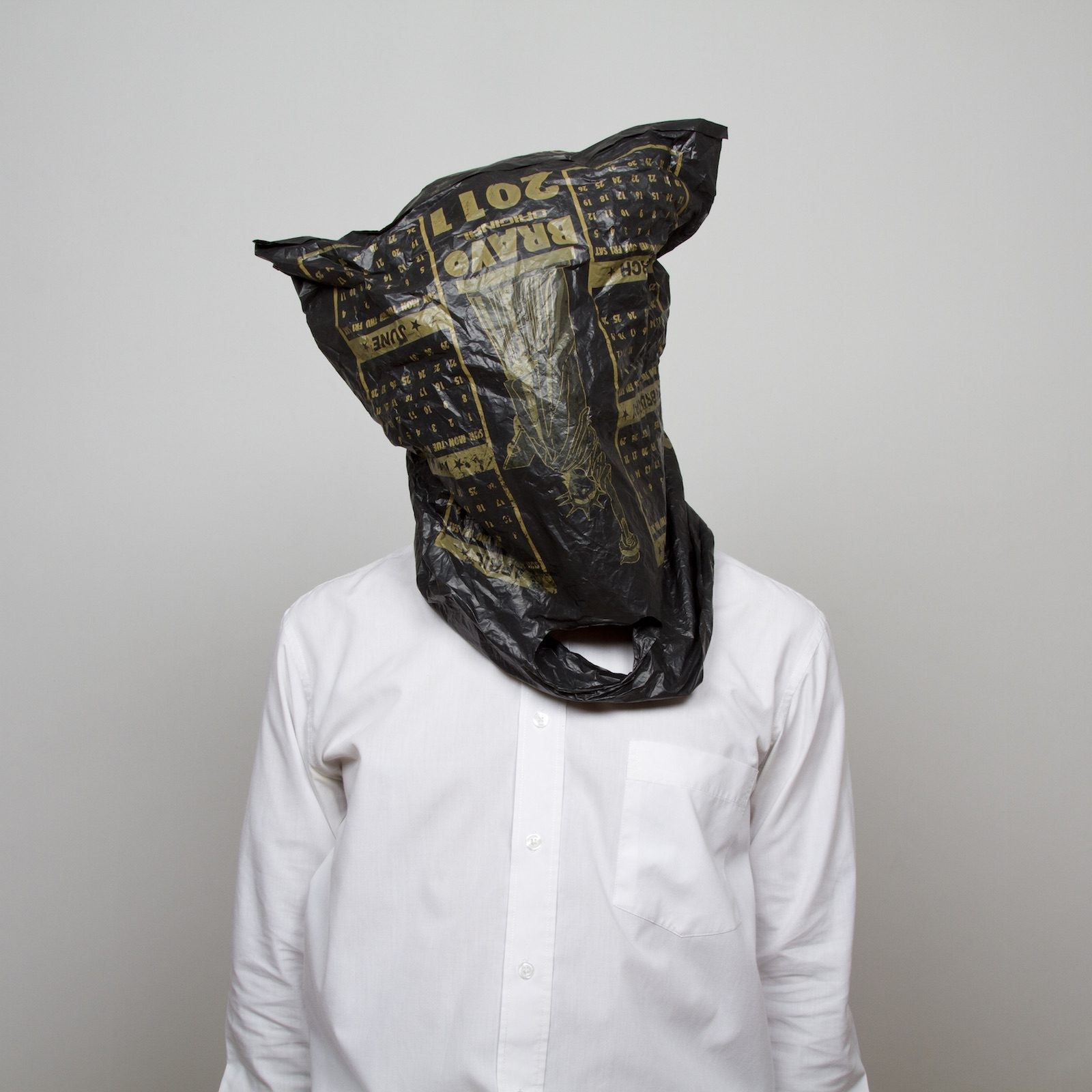
</a> Edson Chagas, Untitled, from the series Oikonomos, 2011
© the artist and courtesy Stevenson, Cape Town and Johannesburg</figure>
Walther: So then going forward to Snap Judgments: New Positions in Contemporary African Photography, which I feel was an especially important exhibition for building the cornerstone works for The Walther Collection. What was the genesis of that show?
Enwezor: When Snap Judgments opened in 2006, it was the 10th anniversary of In/Sight. For me, it was precisely to make an exhibition that, in a sense, demonstrated the shift in terms of visual production by artists during that decade. I wanted to replicate aspects of what we did in In/Sight, by creating an exhibition that looked at the entire continent again—East, West, North, and South. I wanted to keep making the argument for the cultural complexity of the African continent, and look at the space from the point of view of its diverse cultural composition. So that really was the organizing principle.
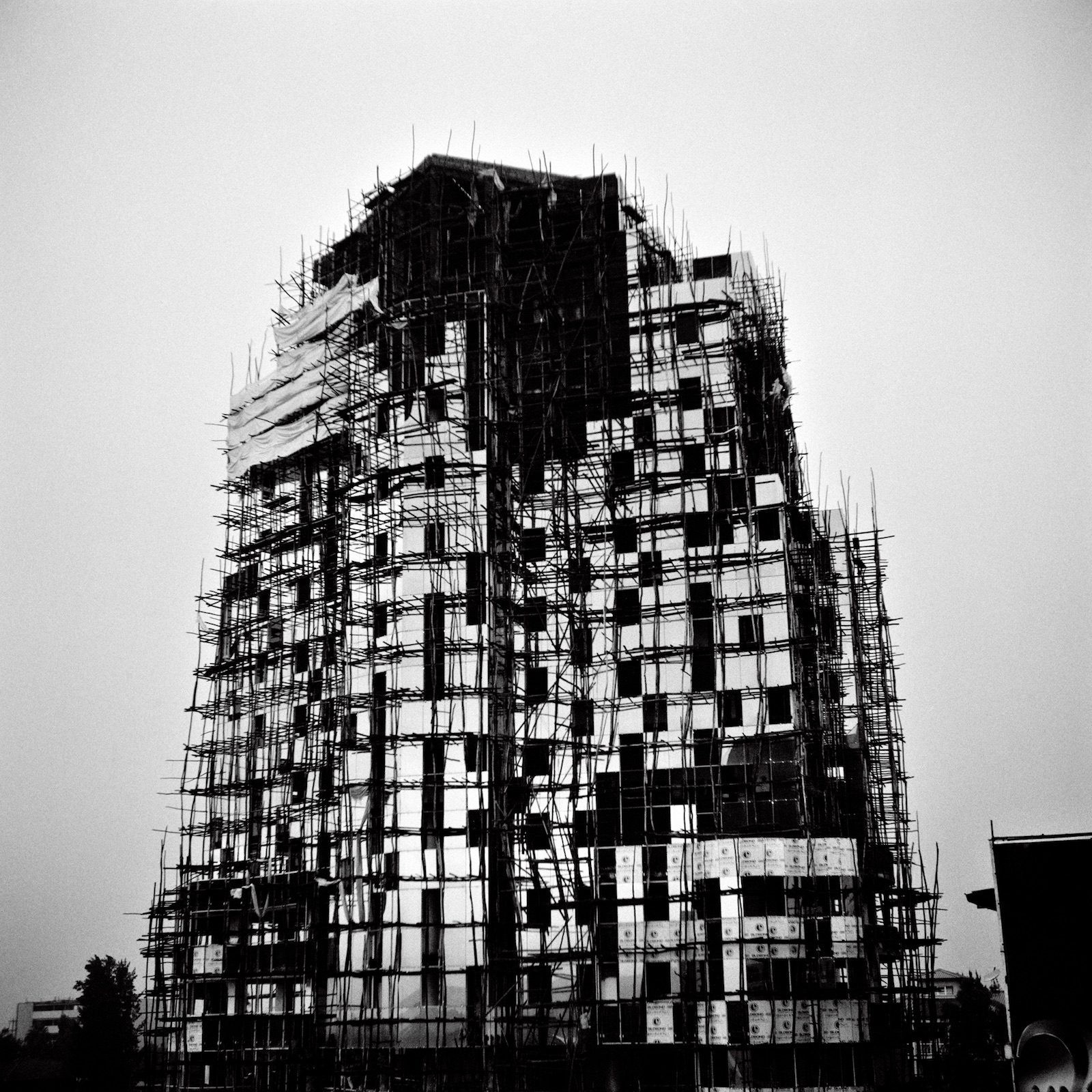
</a> Michael Tsegaye, Future Memories #4, from the series Future Memories, 2009 © the artist and courtesy Addis Fine Art</figure>
Walther: But since then, now more than ten years later, a lot has changed in the field. Many question whether it’s necessary to keep the continental context, or to group artists as Africans, so to speak. What do you make of this?
Enwezor: I personally question this notion that we don’t have to group. The field of African arts, literature, ideas, is a disciplinary field, and it has to be respected as such. Africa does not need to be given the permission to be part of the world. It is part of the world. It’s a discipline, and there are specializations—just like people who specialize in German romantic literature, or English epic poetry. Until we learn that this is a discipline, it will never be possible to recuperate African artists or African thinking into a “global” field. I say this because such notions are precisely the reason why I entered the field: to challenge and to refuse a conception that doesn’t really consider the diversity of artistic narratives, literary perspectives, and histories within the continent.
For example, there is no one place in the world that has a density of sculptural production more than the Congo—literally every few miles, the conception of sculpture changes. So what we must really do, when we talk
about Africa, is be specific. We must speak about Africa with a great sense of its complexity. This premise is what I would say lays the grounds for my specific form of intellectual and curatorial militancy. Because, when we discuss African production only in the context of Western audiences’ recognition, it propagates false narratives. I remember, more than twenty years ago, when I visited Seydou Keïta in Bamako. I asked him “Why did you keep all of these pictures?” There were tens of thousands of them, and he said—“Because they’re good.” He knew that eventually somebody might do something with them, which was very striking. Of course then, the real trip for me is how he was anonymous at first, but now is recognized as a master photographer. That’s critical.
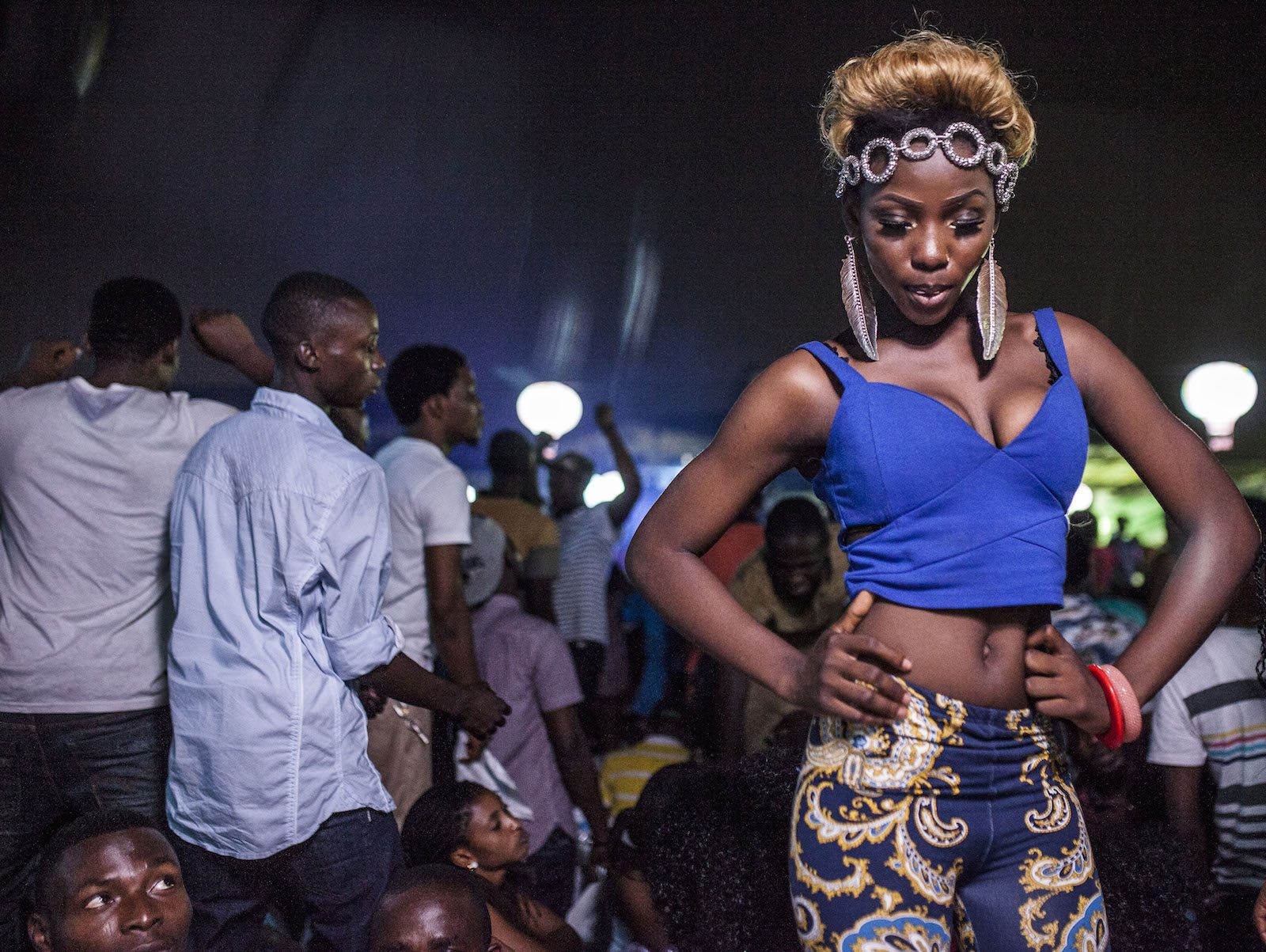
</a> Andrew Esiebo, Untitled, from the series Highlife, 2013–16 © the artist and courtesy Tiwani Contemporary, London</figure>
Walther: Yet, despite him being a master, institutions like The Metropolitan Museum of Art or the Museum of Modern Art still have very little African photography in their permanent collections.
Enwezor: Yes—this is what I believe is the loss of these institutions, but a lot of that is changing. Many of these figures in African photography are now being continuously revisited, and reprogrammed—as new scholarship comes into the field, as younger curators
join institutions, and as institutions begin to re-think their own positions to the fields that they occupy. For example, in terms of historical
African art exhibitions, Alisa LaGamma’s Kongo: Power and Majesty (2015) exhibition is for me a tour de force of curatorial scholarship. When you step into an exhibition like Kongo, you immediately feel that you’re treading on the field of serious and deep scholarship. I’d like for people to bring that same seriousness to the study of modern and contemporary African photography.
Walther: Yes absolutely, and we’re starting to see that happen. But despite the field being much broader now, and continuing to expand, wouldn’t you say that the study of African photography is relatively young?
Enwezor: Well yes, if we were to look at the specific scholarship on what we now call African photography, it is definitely young. It is indeed new. But I think, in terms of the question of production, one would argue that these histories are co-terminus with the rest of the production of photography, from their very inception. If we look at the history of African photographers engaging with the field, it isn’t young at all. We must not forget that in the mid to late nineteenth century, there was a whole host of African photographic practitioners and studios making work.
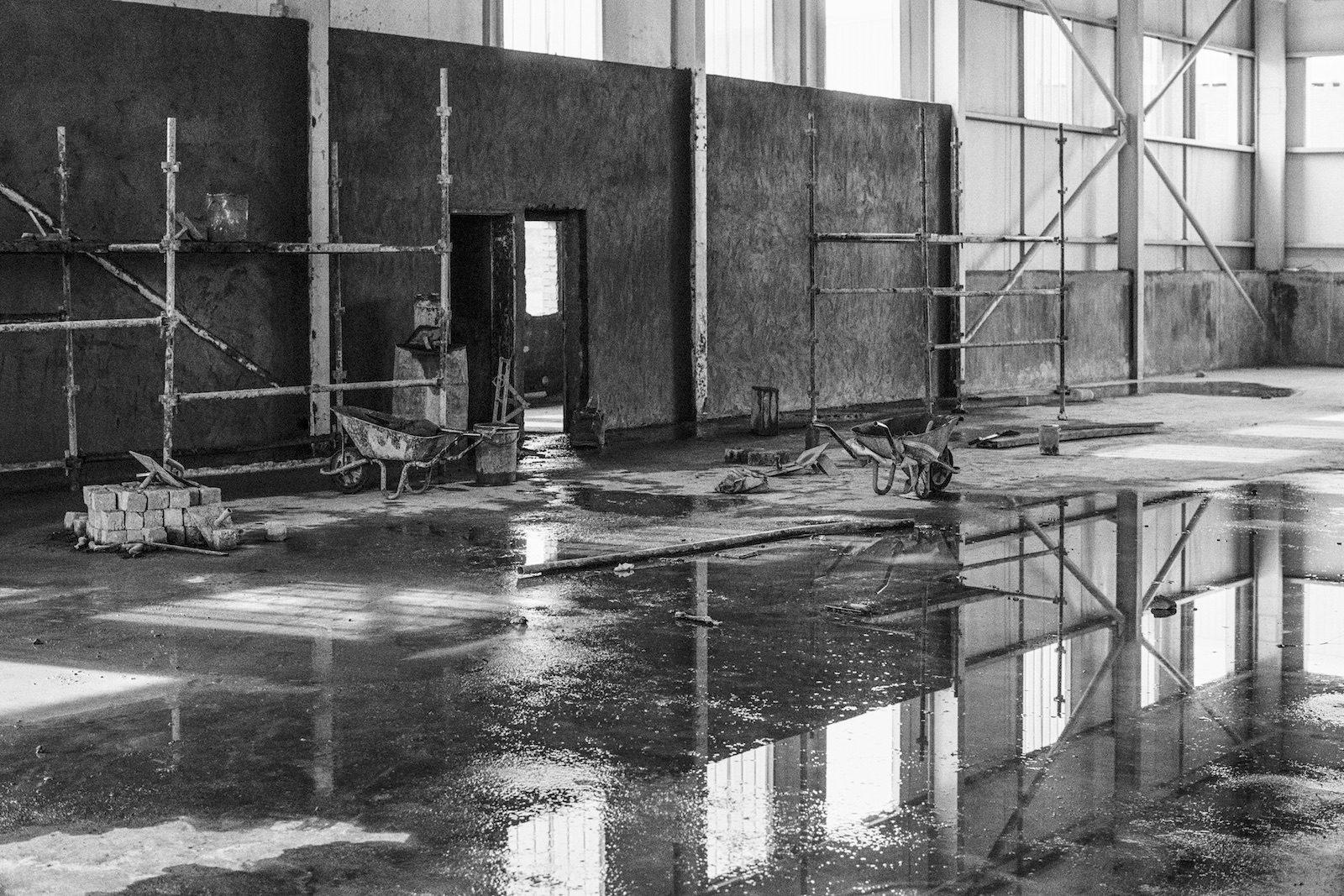
</a> Andrew Esiebo, Untitled, from the series Highlife, 2013–16 © the artist and courtesy Tiwani Contemporary, London</figure>
Walther: So, how do you view African photography and video art today?
Enwezor: Well, you know, for very different reasons,
I haven’t really given as much attention to photography in Africa over the last ten years—not in as focused a manner as I did with Snap Judgments. Some of my interests have shifted more towards writing, shifted towards new forms of historicizing. As you know, we have produced the exhibition Postwar: Art between the Pacific and the Atlantic, 1945–1965 (2016) at Haus der Kunst in Munich. So I’ve not really focused that much on photography as a medium per se, and what is going on within it. I think that right now photography, whether it’s in Africa, Europe, or elsewhere, is at a turning point—photography is embattled.
Walther: Embattled. What do you mean by that?
Enwezor: It’s embattled because photography is being overtaken, as a medium; it is being over-taken by technology and different forms of distribution. There remain many artists that are making work whom I deeply admire, for instance Zanele Muholi and Sabelo Mlangeni amongst others. However, when I reflect on even something like the 56th Venice Biennale, there were very few photographic productions. Right now, I’m excited by artists who use technological media like Samson Kambalu, with his cinematic works and his interest in the Chewa philosophy of the gift, taken from Malawi where he grew up. I’m interested in artists who bring a certain performative aspect to their work. I am also excited by the work of painters like Lynette Yiadom-Boakye, who are completely occupied by the imaginary. Her works are not photographic in base, they are not references to real people, but completely invented. I’m also drawn to the work of people like Emeka Ogboh, who works with sound, or Ibrahim Mahama, who creates large expansive draped installations. They are all young, born in the late 1970s, ’80s and maybe ’90s—but I’m interested in the ways in which they are kind of evolving these narratives of technology and the handmade in their work. I think it’s so relevant.
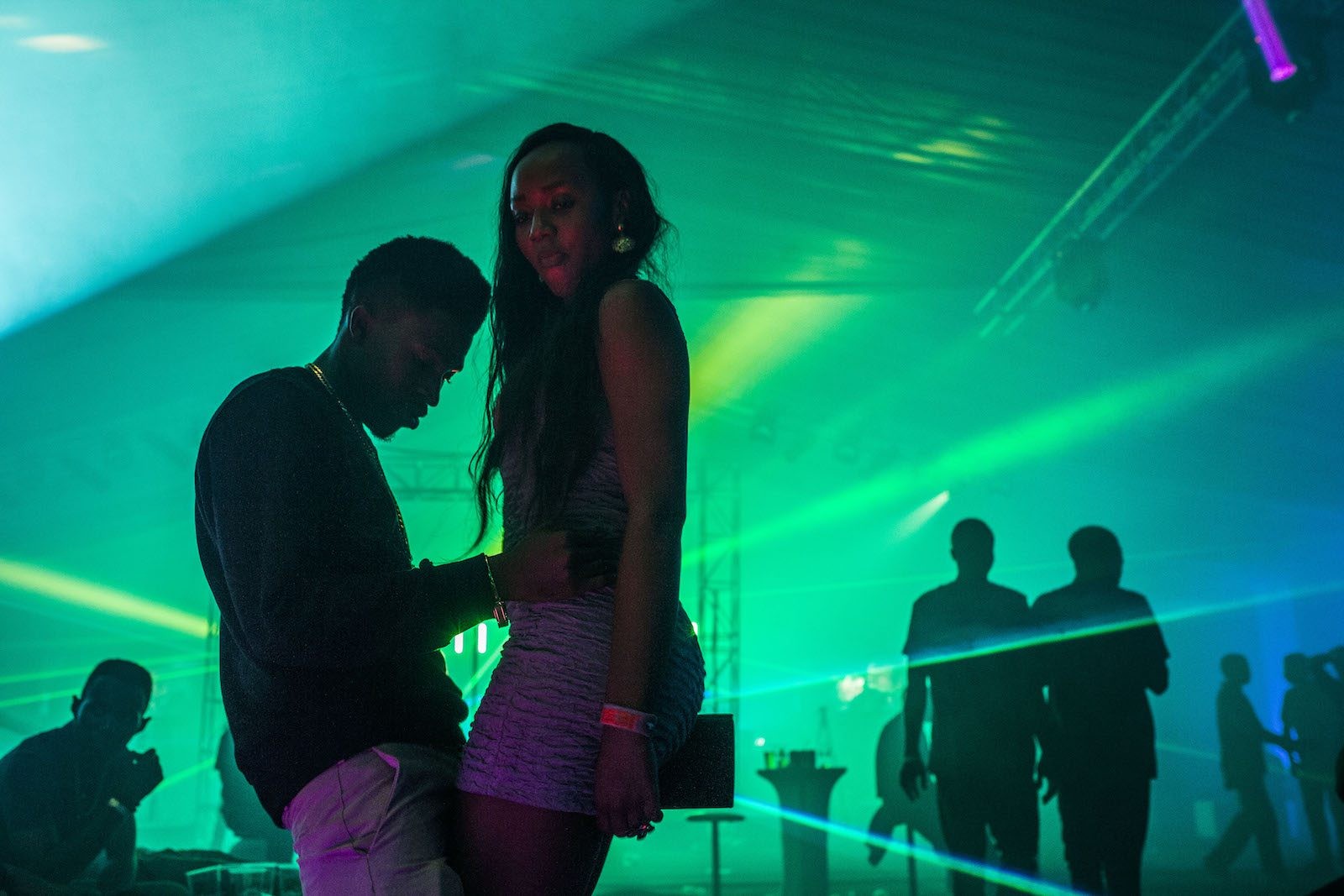
Andrew Esiebo, Untitled, from the series Highlife, 2013–16 © the artist and courtesy Tiwani Contemporary, London Walther: What’s your take on the state of affairs regarding cultural institutions across the African continent? What do you make of the venues, the galleries, and the infrastructures? Enwezor: Yes, the question of institutions is an interesting one. Generally we’re still dealing with a lack of institutions, or those that were set up before, but have not moved forward—or even institutions that are just holding onto their former selves. This is one of the things that I believe only Africans can solve, you know. We have to give serious thought to reform and building of skills. Without them, there will be a continued erosion due to institutional instability or mismanagement. It’s not a question of production, because there is an abundance of creators and makers throughout the continent. There are models for research and experimental exhibition spaces. There are definitely the young, but somewhat precarious, shall we say platforms—because I would not callBisi Silva’sCCA Lagos an institution, orRAW Material company by Koyo Kouoh in Dakar, or Azu Nwagbogu’sLagosPhoto Festival, amongst other contexts. I mean, Bavaria has 1,200 museums! What they do in it, I have no idea, but across the continent we don’t have quite this proliferation of models. That’s the next frontier of what to create on the ground. But also, let’s look at the range of amazing writers, critics, and theorists. Who would have thought that the photography critic of The New York Times Magazine would be a Nigerian, Teju Cole? Or who would have anticipated that the work of Chimamanda Ngozi Adichie would inspire such a large number of readers, but also listeners, with Beyoncé using her speech on feminism in the song “Flawless.” Honestly, it’s just an incredible moment now in terms of African art and writing. The key issue then is not to isolate the artist from different kinds of production or consider their work in a vacuum. Okwui Enwezor is the director of Haus der Kunst in Munich. Artur Walther is a collector based in New York and Germany and founder of The Walther Collection. This interview is adapted from the catalog Recent Histories: Contemporary African Photography and Video Art, to be published by Steidl and The Walther Collection in May 2017. Recent Histories, curated by Daniela Bauman, Joshua Chuang, and Oluremi C. Onabanjo, will be on view at The Walther Collection, Neu-Ulm, Germany, from May 7–October 29, 2017. This interview is a preview for the upcoming online-exclusivecollaboration between C& and Aperture Magazine.
Plus d'articles de




